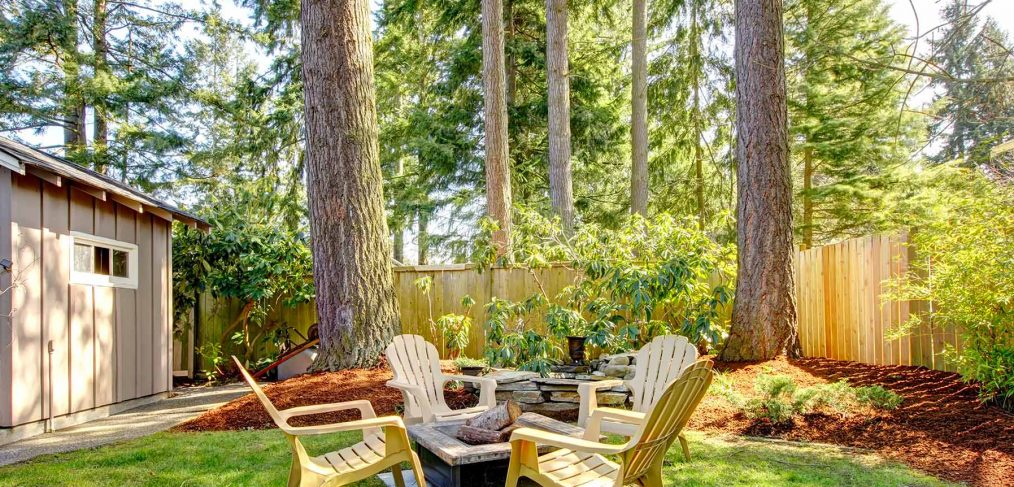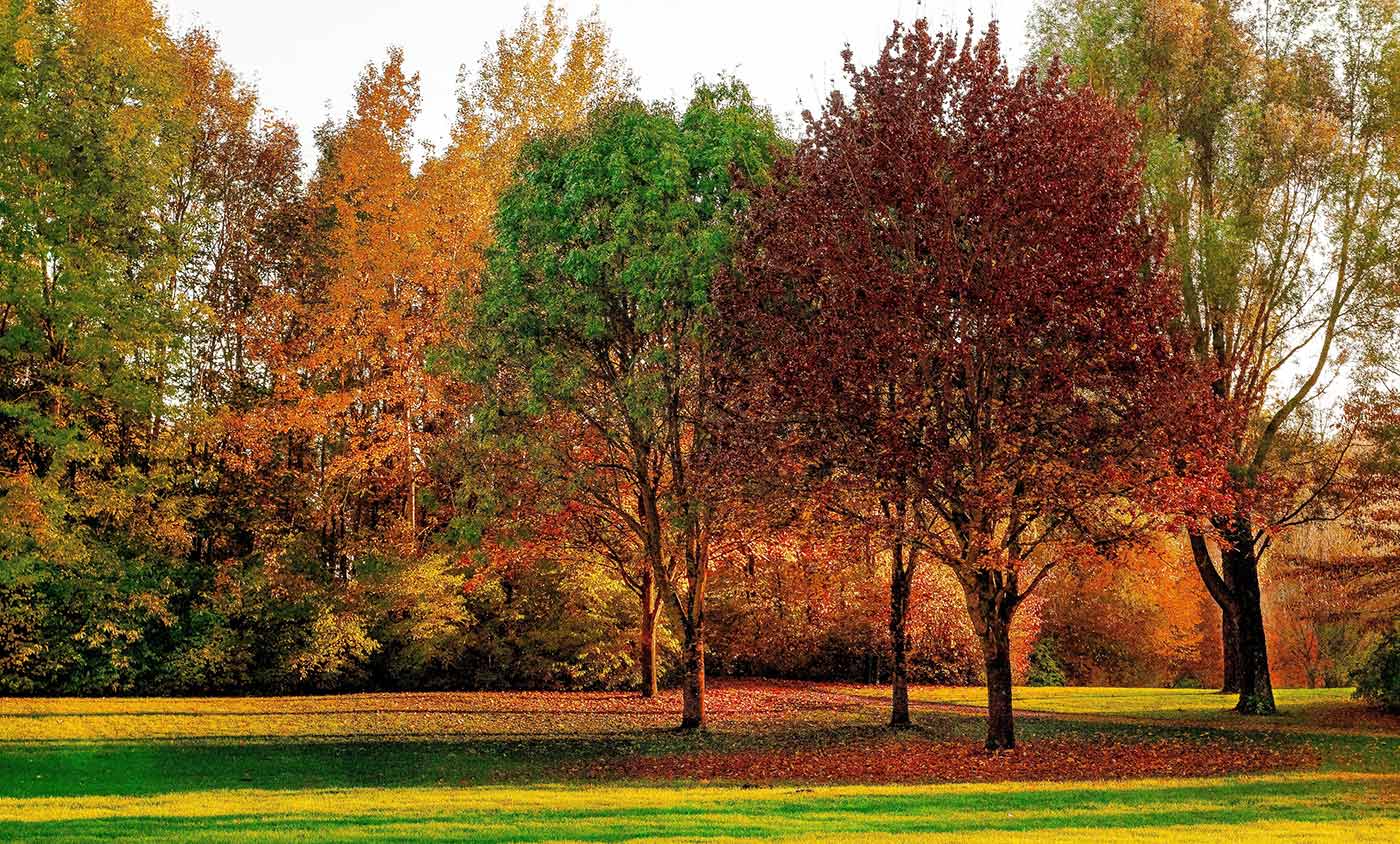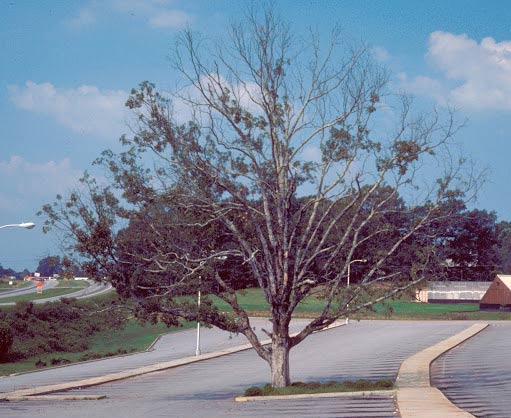
Tree Selection For Your Home
Life is not easy for trees in an urban environment.
As arborists, we get to witness the challenges trees battle with on a daily basis. Poor soil structure, limited soil volume, flooding, drought, construction stress, pests, diseases and temperature extremes are a few reasons why the lifespan of an urban tree is only 25 years!
Although many of these factors are outside of our control, it is critical to select the proper tree for each specific planting site to help mitigate potential risks. This will give you the opportunity to build a healthy and mature urban forest.
Let’s look deeper into their benefits, to take the proper steps for tree selection
Social Benefits
- Reduces workplace stress levels
- Calms traffic
- Reduces crime rates
- Strong tie between people and trees creates personal attachment
Communal Benefits
- Directs pedestrian traffic
- Reduces glare and reflection
- Provides background
- Softens, complements or enhances architecture
- Creates habitat for wildlife which increases quality of life
Environmental Benefits
- Moderates the climate
- Improves air quality
- Reduces stormwater runoff
- Moderates the heat-island effect caused by pavement and buildings
- Windbreaks
Economic Benefits
- Reduces air conditioning and heating costs
- Healthy mature trees can increase property value up to 20 percent
- Reduces fossil fuels for power companies
- Less need for facilities to control stormwater
 “Which kind of tree should I plant?”
“Which kind of tree should I plant?”
To receive all the benefits that trees have to offer, we must understand the important issues in selecting a tree for planting. Trees are an investment! Matching the tree to the site benefits both the tree and homeowner.
Considerations for tree selection
Tree Function
Why is the tree being planted and what functions will it serve?
- Provide shade
- Aesthetic value
- Windbreak
- Privacy screen
- Fruit production
- Improve urban biodiversity
Form and Size
Is a small, medium or large tree best suited for this site? Is there any overhead or underground utility conflicts?
- Form follows function; selecting the right form to complement the desired function
- Consider the tree size at maturity
- Reduces tree maintenance cost
- Low, spreading (e.g., overhead and underground obstructions)
- Narrow, columnar (e.g., side obstructions)
- Large, vase shaped (e.g., create arbor over street)
Site Conditions
Is there adequate sunlight/shade for this species? Is there enough soil available and of sufficient quality soil to support mature tree growth?
- Sun and wind exposure
- Soil conditions
- Drainage
- Hardiness zone
- Human activity
Species Characteristics
Does this tree species have weak wood? Is this tree susceptible to insect and disease?
- Poor growth habits
- Pest susceptibility
- Decay susceptibility
- Weak wood/strong wood
Native Species
Indiana has over 100 native species. This diversity of tree species reflects the varying types of soils and site conditions found across our landscape. It is imperative to select a species that has adapted to the conditions of the site where you are planning to plant a tree, because each tree species has adapted to survive and thrive under certain site conditions.
Native species are best suited to the growing conditions here. Find a list of Indiana Native Plant Species at https://www.indianawildlife.
Final Recommendation
Due to the substantial variables to consider when planting a tree we recommend
- Research all trees you might be considering to plant!
- Take a look at our post on Undesirable Species of Trees to Plant in Indiana
- Please feel free to contact Bluestone Tree to consult with one of our ISA Certified Arborists. We can help you organize a list of candidates for each specific site on your property!



One comment